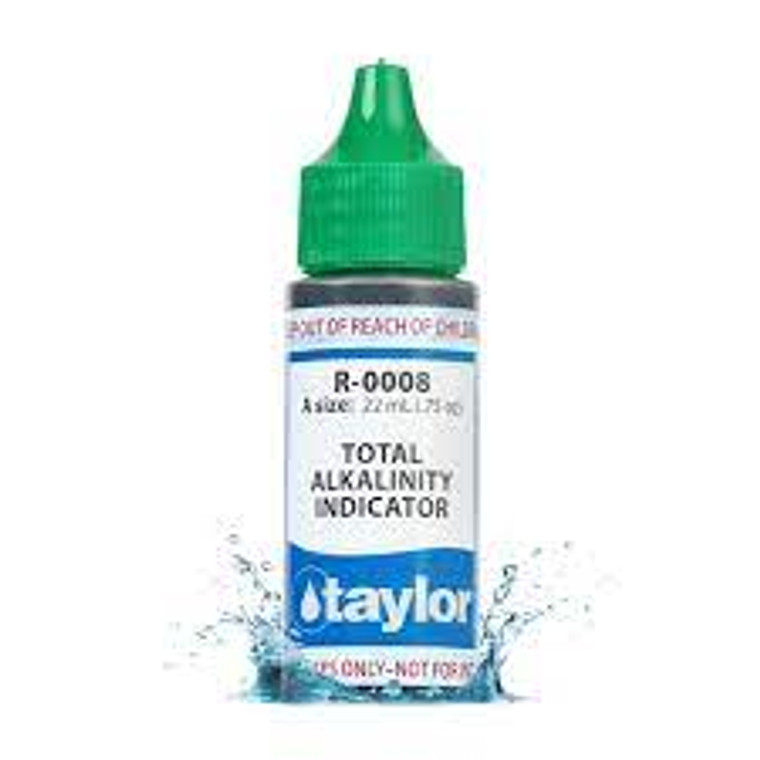
Total Alkalinity Indicator,( .75 oz, Dropper Bottle)
Taylor Test KitsTotal Alkalinity Indicator, .75 oz, Dropper Bottle
The total alkalinity indicator is a crucial tool for water quality analysis. It measures the amount of alkaline substances present in water, such as bicarbonates, carbonates, and hydroxides. These substances can affect the pH level and overall health of aquatic ecosystems.
Using the total alkalinity indicator can help identify potential issues with water sources, such as pollution or acid rain. This indicator is also important for maintaining proper chemical balance in swimming pools and aquariums.
The .75 oz dropper bottle is a convenient size for easy use and storage. It allows for precise measurement of the indicator, ensuring accurate results. The dropper bottle also prevents spills or waste of the indicator solution.
**To use the total alkalinity indicator, first fill a test tube with a water sample.Next, add a few drops of the indicator solution using the dropper bottle. The color will change based on the amount of alkaline substances present in the water.
**Compare the resulting color to a color chart provided with the indicator to determine the level of total alkalinity. This information can then be used to adjust chemical treatments or determine the health of a water source. Regular testing with the total alkalinity indicator is recommended to ensure proper maintenance of water quality.
In addition to its uses in water analysis, the total alkalinity indicator can also be used as an educational tool. It can help students understand concepts such as pH balance and the effects of acid rain on aquatic environments. By conducting experiments and testing different water sources, students can see firsthand the impact of alkaline substances on water quality.
The Total Alkalinity Indicator, .75 oz dropper bottle is an essential tool for anyone involved in water quality analysis. Its convenient size, precise measurements, and educational value make it a valuable addition to any laboratory or classroom.
Continue to explore the world of water quality analysis and the various indicators and tools available for monitoring and maintaining healthy aquatic ecosystems. Additionally, consider researching the other uses for alkalinity indicators, such as in soil testing and industrial applications. The more knowledge we have about water quality, the better equipped we are to protect our precious natural resources. So let’s continue learning and utilizing tools like the total alkalinity indicator to ensure the health and sustainability of our water sources. So, let’s keep experimenting, testing, and analyzing for a better understanding of the world around us! Remember to always follow proper safety precautions when handling any chemicals or equipment. Happy testing!





